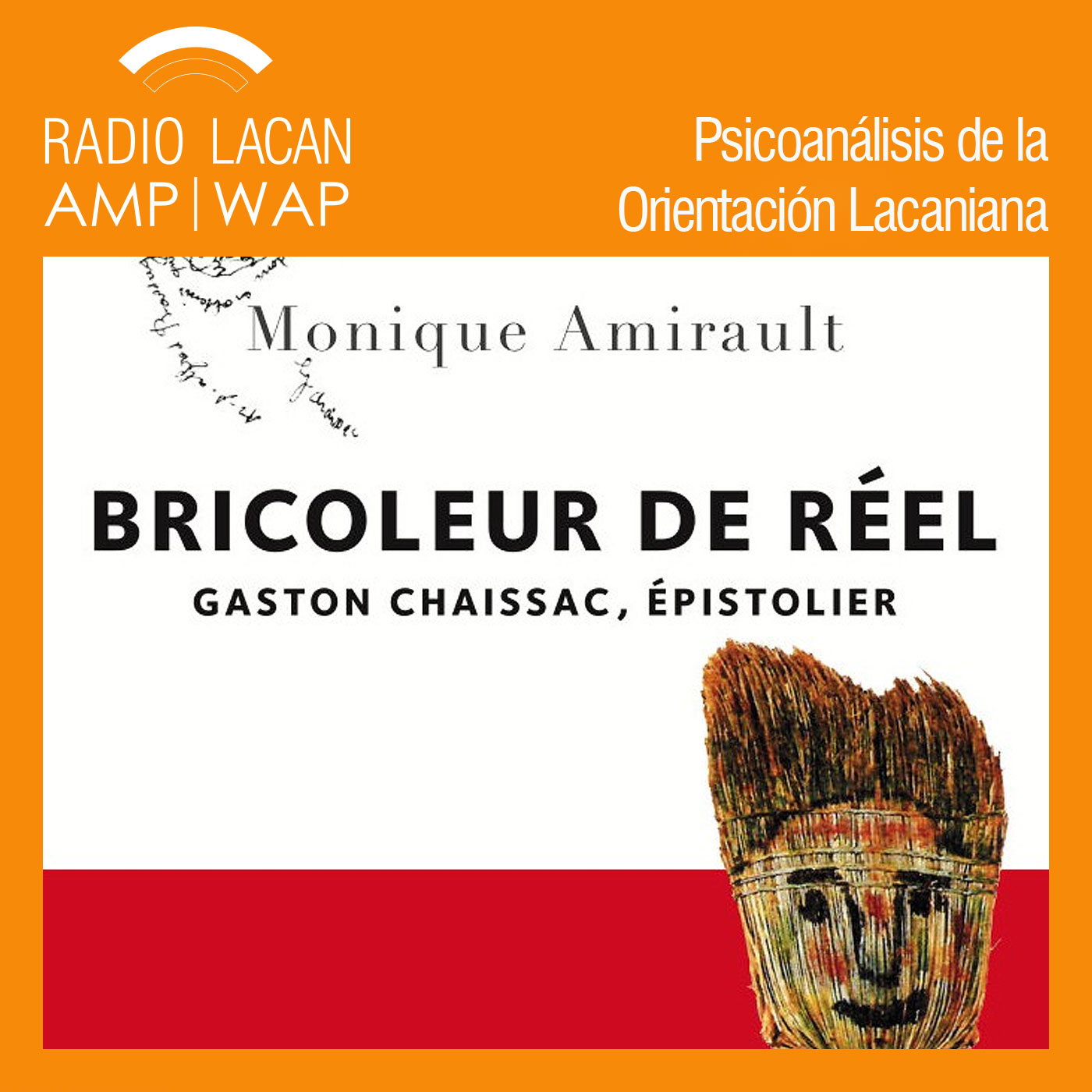 |
Soil Health LabsAuthor: Soil Health Labs
The Soil Health Labs are located in the Environmental Health Sciences Department in the School of Public Health at the University of South Carolina. That may be surprising to most, especially since the University of South Carolina has no Ag School! Our mission is to promote soil health, not only as something thats good for the farmer and the environment, but we also want to highlight soil health as a public health tool. Think about it. Healthy soils and healthy crops, mean healthy farmers and consumers, never mind an ever-improving environment. One idea we are embracing is that of Regenerative Farming where we embrace the idea that if farmers change the way they manage the soils, they can actually improve, or regenerate environmental conditions through less disturbance, keeping soils covered with residue or canopies, keeping live roots I the soil year round and be reintroducing animals into the whole system. While we cut our teeth promoting soil health through video and social media (Soil Stories; Under Cover farmers: Science of Soil Health; Merit or Myth; Growing Resilience) we do have several research and outreach projects that we are doing with farmers in South Carolina. Language: en Genres: Education, Natural Sciences, Science Contact email: Get it Feed URL: Get it iTunes ID: Get it |
Listen Now...
Agroecologist: Why Crop Rotations Outperform Both Tillage and No-Till in Long-Term Studies
Episode 90
Wednesday, 17 December, 2025
This is a short-form episode featuring Natalie Sturm, pulled from our recent interview and focused on one of the most important—and often overlooked—drivers of soil health: crop rotations.We’re launching these short-form episodes to better serve our audience. Instead of listening to a full 60–90 minute conversation, you can now jump straight into the most valuable insights—practical, research-backed takeaways you can apply immediately.In this segment, Natalie explains why the tillage vs. no-till debate misses the bigger picture. Drawing from her research at the Dakota Lakes Research Farm, she shares how two side-by-side no-till fields—managed with the same equipment and soil type—can perform completely differently based on rotation history alone. The difference shows up not just in yields, but in soil structure, organic matter, and resilience.For the full interview with Natalie, please stream the long-form episode here.Natalie Sturm didn’t grow up in agriculture—she’s originally from suburban Chicago. Her early concern for climate, biodiversity, and human health led her to Montana State University, where she earned a B.S. in Agroecology through the Sustainable Food and Bioenergy Systems program.She went on to complete her M.S. at South Dakota State University, studying long-term no-till crop rotations at Dakota Lakes Research Farm. Her thesis demonstrated that rotation diversity, small grains, cover crops, and livestock are key to improving soil quality and yields—not just no-till.Natalie is currently pursuing a Ph.D. at Washington State University, where she studies the effects of cropping systems on soil compaction in the Palouse region. In 2025, she will return to Dakota Lakes as its new Research Farm Manager.📌 Resources Mentioned in This Episode:📄 Natalie’s full M.S. thesis: “It’s Not Just No-Till: Crop Rotations Are Key to Improving Soil Quality and Grain Yields at Dakota Lakes Research Farm”👉Read or download here🎥 Natalie’s video on crop rotations👉Watch here on Dakota Lakes site🎥 Dakota Lakes 2020 Virtual Field Day Playlist (20 videos)👉View full playlist here📝 Related Blog Post:Beyond No-Till: Why Crop Rotations Matter More Than You Think👉Read the blog post







